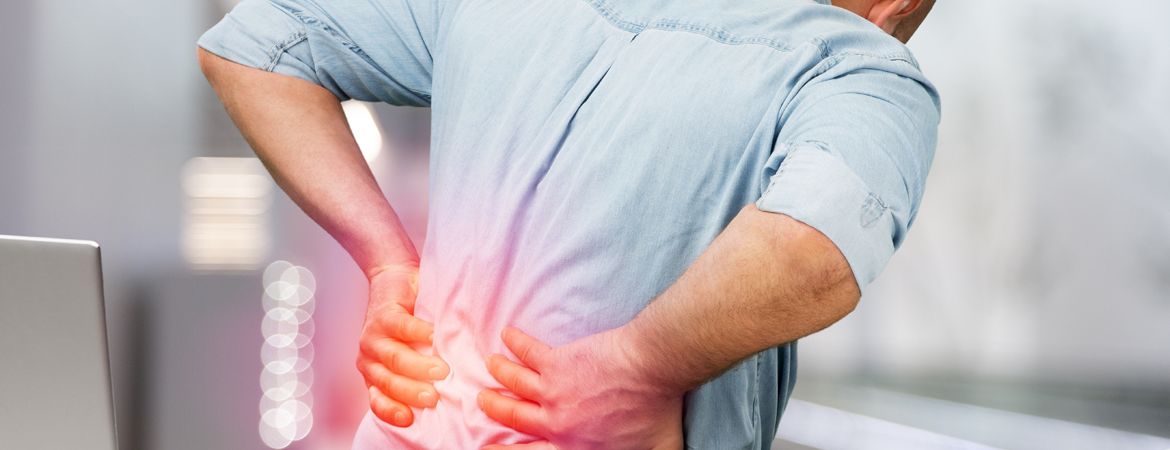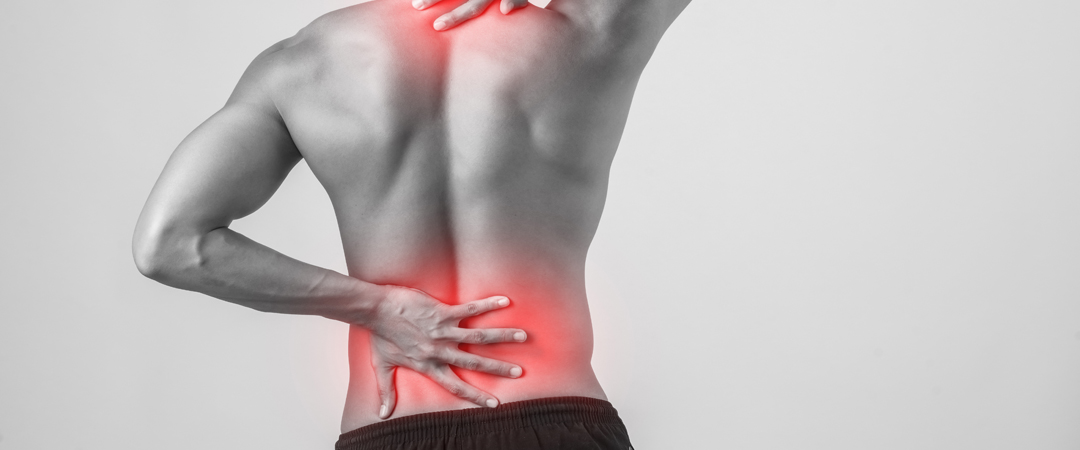
If you have lower back pain, you know how uncomfortable and painful it can be. Fortunately, there are simple ways to relieve your pain and regain your comfort. Discover 10 practical tips to help you manage your lower back pain.
WHAT IS LUMBAGO?
Lumbago is pain in the lower back that can radiate into the buttocks and groin. It is most commonly caused by a slipped disc or spinal stenosis (a pinched nerve). Lumbago is also known as sciatica, which describes the same pain but is caused by irritation of the sciatic nerve rather than a herniated disc or spinal stenosis.
The cause of lumbago is often difficult to determine because most patients have no specific medical problem. However, possible causes include:
- Injury to the spine, such as whiplash or a fall on an outstretched hand
- Ageing
- Obesity
- Tight hamstrings (muscles at the back of the thigh)
- Stress
HOW IS LOW BACK PAIN DIAGNOSED?
Low back pain is diagnosed by a physical examination and medical tests. The doctor will ask you about your symptoms, medical history and any medication you are taking.
He or she will also take a full medical history to check for other factors that may be contributing to the pain.
The doctor will do a physical examination of your lower back and hips to look for signs of injury or other conditions that may be causing the pain. He or she may also order tests, such as X-rays or an MRI, to see if an underlying condition is causing the pain.
If your back pain doesn’t improve with self-care or over-the-counter medicines, your doctor may recommend prescription medicines or steroid injections into your back to reduce inflammation and muscle spasms in the area.
TREATING CHRONIC LOW BACK PAIN
The treatment of chronic low back pain includes both non-pharmacological and pharmacological measures.
Non-pharmacological measures include:
- Regular exercise is recommended for people with chronic low back pain. A Cochrane review showed that exercise was effective in reducing pain and improving short-term function in people with acute, subacute and chronic low back pain.
- Education: Educating patients about their condition and how to manage it can help them feel better. This can be done through educational programmes or by giving patients books about their condition.
- Psychological therapy:Cognitive behavioural therapy (CBT) is an effective treatment for chronic low back pain. CBT helps people change unhelpful thoughts and behaviours that may be contributing to their back pain.
Other therapies, such as massage, yoga and progressive relaxation, may also be helpful for some people with chronic low back pain.
Medical treatment:
Nonsteroidal anti-inflammatory drugs (NSAIDs) are often the first-line treatment for chronic low back pain. NSAIDs work by reducing the production of prostaglandins, which cause inflammation and sensitise nerve endings in the spine. They also have analgesic properties that can help relieve pain.
Steroids may also be used in patients with persistent low back pain who do not respond to other medications. Steroids work by reducing inflammation, but they can also cause side effects such as insomnia, mood swings, weight gain and high blood pressure if taken long term, as prescribed doses can increase blood pressure by narrowing blood vessels in the body.
SOME TIPS TO COMBAT BACK PAIN:
- AVOID SITTING FOR LONG PERIODS:
One of the main causes of back pain is sitting for long periods of time. If you work in an office or spend a lot of time sitting, it’s important to take regular breaks to stand up and stretch. Try to sit in an ergonomic chair that supports your back and shoulders, and avoid leaning forward or slouching. If possible, try to stand or walk for a few minutes every hour to take pressure off your back.
- STRETCH REGULARLY:
Regular stretching can help relieve back pain by improving the flexibility and mobility of your muscles. Try gentle stretches every day, focusing on the muscles of your back, legs and hips. Simple stretches such as the cat and cow pose, the twist and forward bend can help relieve tension and pain in your lower back. Remember to breathe deeply as you stretch to relax your muscles.

- USE SUPPORT CUSHIONS:
If you spend a lot of time sitting, use support cushions to relieve pressure on your back. Support cushions can be placed behind your back to help maintain correct posture and reduce tension in your lower back. You can also use a seat cushion to relieve pressure on your hips and back when sitting for long periods. Make sure you choose support cushions that suit your individual posture and needs.
- AVOID HIGH HEELS:
High heels may look great, but they can cause back pain. High heels change the natural position of your body, which can put extra strain on your back. If you have lower back pain, it’s best to avoid high heels if possible. If you must wear heels, choose lower heels and shoes that provide good support for your feet and back.
- USE COMFORTABLE SHOES:
Choosing comfortable shoes is crucial to relieving lower back pain. Avoid flat shoes that don’t support your feet and back. Instead, choose shoes with good arch support and a low heel. Trainers are also a good option as they provide good support and cushioning for your feet. Make sure your shoes fit properly and are not too tight, as this can put extra strain on your back.
WHAT TO DO ABOUT CHRONIC BACK PAIN?
Chronic back pain is a common condition that can be disabling. It is estimated that up to 80% of people will experience low back pain at some point in their lives.
Chronic back pain is defined as pain that lasts for more than 12 weeks or three months and has no obvious cause. It may also be called chronic nonspecific low back pain or persistent nonspecific low back pain (PNLBP).
Chronic low back pain can sometimes be managed without treatment. However, if left untreated, symptoms can persist for months or years, and the person may become depressed and have difficulty carrying out daily tasks. Treatment depends on your symptoms and how long they last.
If you think you’ve got chronic back pain, see your GP, who will assess your symptoms and refer you for further tests if necessary.

